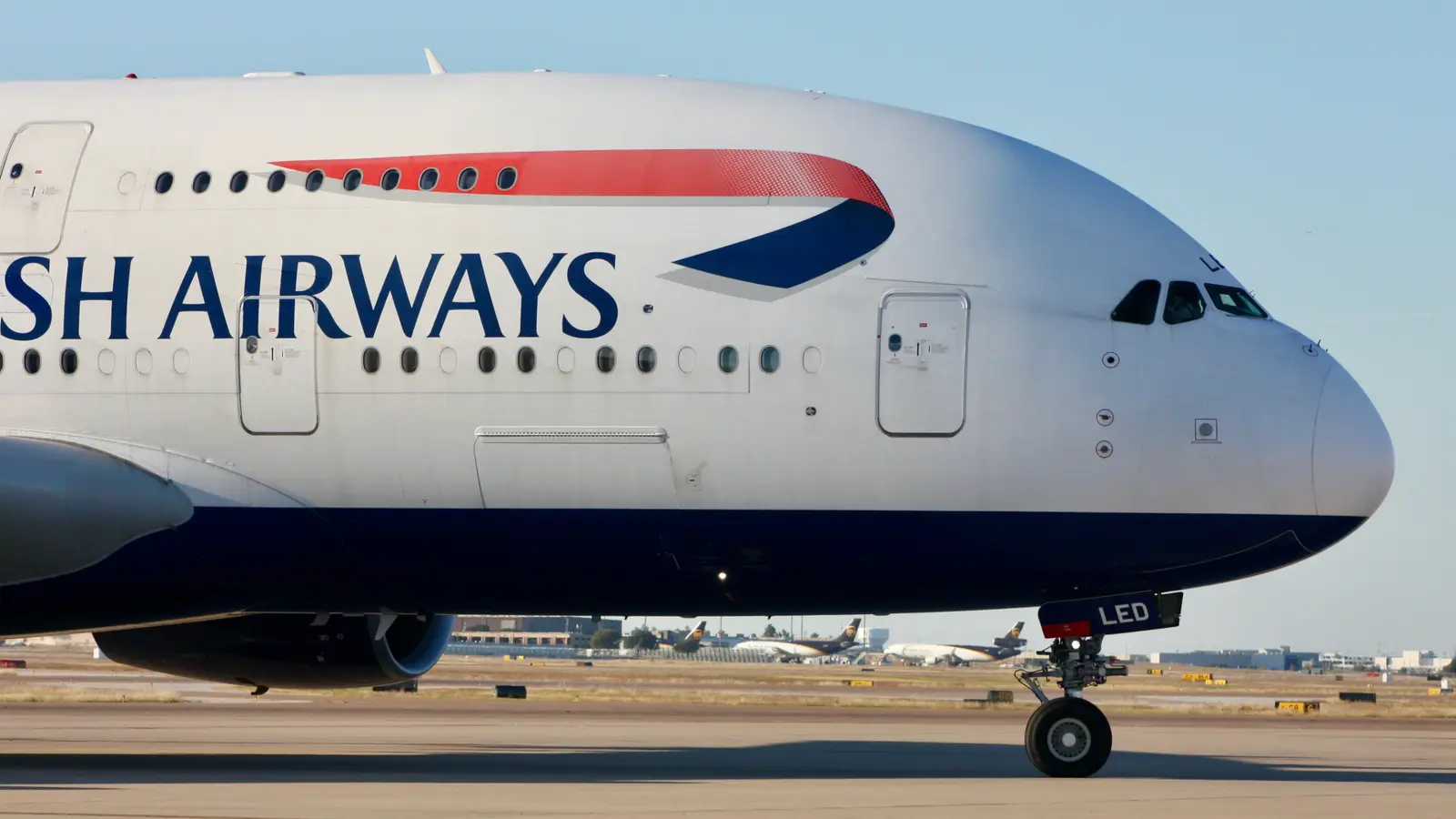
The transatlantic corridor remains one of the busiest and most competitive markets in global aviation. Routes linking major US cities with European gateways consistently see high demand and rank among the world’s most heavily traveled long-haul services. Just a few years ago, this market was severely impacted by COVID-19 travel restrictions, with many routes temporarily suspended.
Once restrictions lifted, however, airlines rapidly restored capacity, and growth has since continued beyond recovery levels. Compared to 2015, transatlantic flights from Europe to the US have grown by more than 30%. Even against pre-pandemic 2019 figures, current numbers are up around 13%. This winter, demand continues to remain strong. According to data from aviation analytics provider Cirium, nearly 60,000 one-way flights are scheduled across the Atlantic from November to March 2026.
New York–London Remains The Busiest Transatlantic Route
New York JFK to London Heathrow remains by far the busiest transatlantic route this winter, with nearly 2,800 flights scheduled. British Airways leads the way with around 1,150 flights, offering up to eight daily departures on a mix of Boeing 777s and 787s. Virgin Atlantic follows with about 606 flights, while American Airlines contributes roughly 420 and Delta Air Lines just over 300. JetBlue also adds close to 300 flights on the corridor.
The second-busiest corridor is Newark Liberty to London Heathrow, where United Airlines dominates with more than 1,000 flights during the season. Beyond New York, Cirium data shows that several other US gateways also sustain heavy traffic into Heathrow. Routes from Los Angeles, Boston, Chicago, Miami, San Francisco, Atlanta, Washington Dulles, and Dallas/Fort Worth remain among the busiest, with most seeing between one and three daily departures operated by major US carriers alongside British Airways and Virgin Atlantic.
JFK–Paris Is The Busiest Non-Heathrow Transatlantic Route
Indeed, London Heathrow has long been the focal point for transatlantic traffic, but other European hubs also sustain significant demand. Outside of Heathrow, the busiest corridor this winter is New York JFK– Paris Charles De Gaulle. Air France dominates with nearly 700 departures planned. American, Delta, and JetBlue also maintain a presence on the route.
Several other JFK corridors also rank among the busiest. Madrid sees strong schedules, led by Iberia. Rome Fiumicino is another key market, where ITA Airways has scheduled more than 300 flights for the season. Meanwhile, the JFK–Amsterdam corridor will see a combined total of around 600 flights, split between Delta Air Lines and its SkyTeam Alliance partner KLM.
Beyond New York, two of the busiest corridors this winter connect Delta’s Atlanta hub with major SkyTeam partners in Europe. Atlanta–Amsterdam will see up to four daily departures, while Atlanta–Paris will also sustain up to four daily flights throughout the season.
Airbus A330-300 Leads Transatlantic Flights This Winter
In terms of aircraft deployments, the Airbus A330-300 will be the most widely used type on transatlantic routes this winter. According to Cirium, it accounts for the highest number of scheduled flights between the US and Europe, despite deployments being 11.4% lower compared to last season. The widebody remains a backbone for carriers such as Lufthansa, Delta Air Lines, KLM, Discover Airlines, Finnair, SAS, SWISS, and Aer Lingus.
The Boeing 777-300ER also sees significant use, particularly with major operators including United Airlines, British Airways, Air France, American Airlines, and Turkish Airlines. In addition, narrowbody deployments have also grown this season. TAP Air Portugal, SAS, Aer Lingus, JetBlue, and Icelandair are all deploying the Airbus A321neo on routes to Dublin, Lisbon, Heathrow, Amsterdam, Paris, and Reykjavik.



